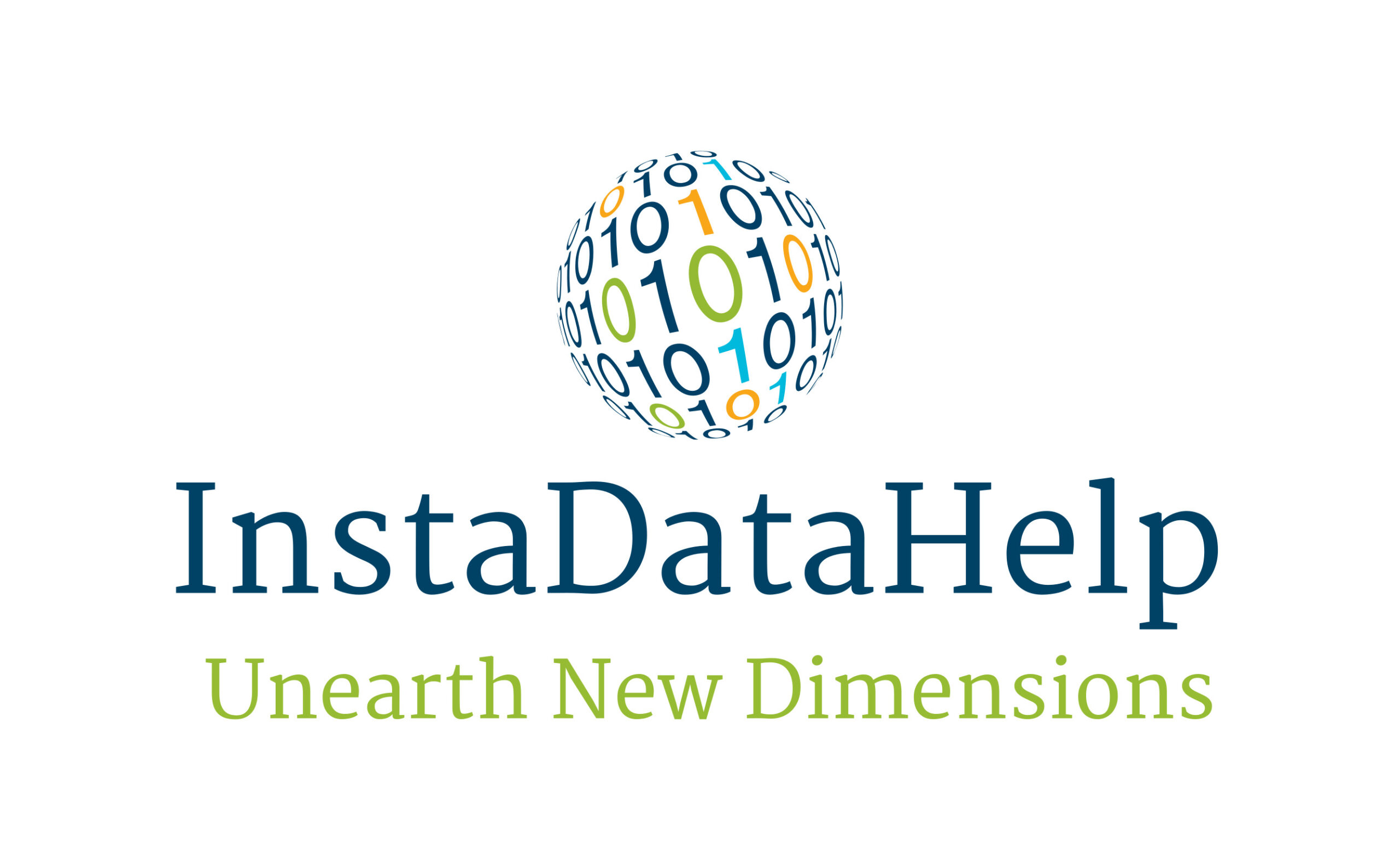Understanding the Importance of Classification: A Key to Organizing Information
In today’s fast-paced world, where information is constantly being generated and shared, the need for effective organization and classification of data has become more crucial than ever. Classification is the process of categorizing information into groups or classes based on their similarities and differences. It provides a structured framework that allows for easy retrieval, analysis, and understanding of data. In this article, we will explore the importance of classification and how it helps in organizing information.
Classification plays a vital role in various fields, including libraries, archives, databases, and even everyday life. It enables us to make sense of the vast amount of information available to us, making it easier to locate specific data when needed. Without proper classification, information would be scattered and disorganized, making it difficult to find relevant resources or make informed decisions.
One of the primary benefits of classification is its ability to simplify complex information. By grouping similar items together, classification reduces the cognitive load required to process and comprehend data. For example, in a library, books are classified based on their subject matter using the Dewey Decimal System. This system allows users to quickly locate books on specific topics by browsing through specific sections. Without classification, finding a particular book would be a time-consuming and frustrating task.
Classification also helps in identifying relationships and patterns within data. By organizing information into categories, it becomes easier to identify similarities and differences between different items. This can be particularly useful in research and analysis, where the ability to identify patterns can lead to valuable insights. For example, in a medical database, classifying patient records based on symptoms and diagnoses can help identify common patterns and trends, leading to improved diagnosis and treatment.
Furthermore, classification enhances information retrieval. When information is classified, it can be indexed and cataloged, making it easier to search and retrieve specific data. This is particularly important in digital environments, where vast amounts of information are stored electronically. Effective classification systems, such as search engines, use algorithms to index and categorize data, allowing users to find relevant information quickly and efficiently.
Another significant advantage of classification is its role in knowledge organization. By classifying information, we create a structured framework that facilitates the transfer and sharing of knowledge. For example, in educational institutions, subjects are classified into different disciplines, such as mathematics, science, and humanities. This classification system allows students to navigate through the curriculum and build a solid foundation of knowledge in specific areas.
Moreover, classification promotes effective decision-making. When information is properly organized and classified, it becomes easier to evaluate and compare different options. For example, in a business setting, classifying customer data based on demographics, purchasing behavior, and preferences can help identify target markets and develop targeted marketing strategies. Classification enables businesses to make informed decisions based on accurate and relevant information.
However, classification is not without its challenges. One of the main challenges is determining the appropriate criteria for classification. Different classification systems may be suitable for different contexts, and choosing the right one requires careful consideration. Additionally, classification is not a one-time process; it requires regular updates and revisions to accommodate new information and changing needs.
In conclusion, understanding the importance of classification is essential for effective organization and retrieval of information. Classification simplifies complex data, identifies relationships and patterns, enhances information retrieval, promotes knowledge organization, and facilitates decision-making. It provides a structured framework that allows for easy navigation and understanding of information. As the volume of information continues to grow, the need for effective classification becomes increasingly vital. By embracing classification, we can harness the power of organized information and unlock its full potential.




Recent Comments